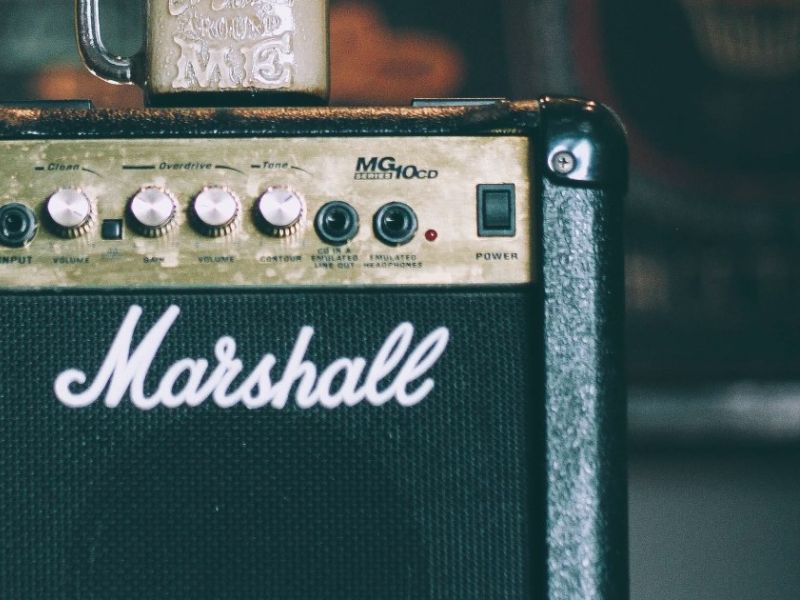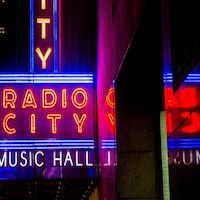"SIZE DOESN'T MATTER..."

IT'S HOW YOU USE IT THAT COUNTS Not something guys really want to hear. In terms of repertoire size though, it is a useful phrase to remember. How big should my... repertoire be? Most people wish something in their life to be a little bigger, for musicians breaking into the Top 40 scene it is usually their repertoire. A big repertoire imbues you with confidence, it impresses people, and it adds a huge amount of respectability to you and your team. However, it takes a long time to build and if you need to get out of your day job and get some cash rolling in from contract gigging you probably don't have six months or a year to build a big rep. So here is how you can get a contract in minimal time using only 60 songs and keep it. The Math: Consider that most songs on planet Earth are between 3 and 4 minutes long. 60*3 = 180 60*4 = 240 So without any modifications you have between 180 to 240 minutes of song time. An average contract gig will expect you to play music for about 180 minutes per night. Usually (but not always) consisting of 4*45 minute sets, although this can vary widely from venue to venue. If you can make all of those songs about 5 minutes long using longer solos, or some talking in between suddenly those 60 songs miraculously transform into 300 minutes of show time! NB: As an important note I would not recommend doing a standard gig (180 minutes playing time 6 nights per week) unless you had minimum of two nights worth of different material. Five essential tips to max out a small repertoire: Although 60 songs would be considered to be a bared minimum for startup, there is a way you can make a small repertoire work. 1. Extend intros, outros, and solos wherever possible 2. Talk between songs and use 'breakdowns' 3. Do not ask the audience for requests 4. Pick the most popular songs that are relevant to your gig 5. Swap your songs around THE TIPS EXPLAINED! Tip One: Extend intros, outros, and solos wherever possible By spending some time modifying the songs front its original arrangement you can easily get another 1:30 out of the same song! Repeating the famous part of each song of extending solos is also much more entertaining. If you can do that for 60 songs you have already increased your repertoire length by up to 90 minutes! Now, unfortunately not all songs will be able to be extended too much but it is worth trying if you can. Putting a nice solo at the beginning that can segue into the song proper can be a great way to get the crowds' attention and it can also give you or the soloist in your group an opportunity to strut their stuff. Tip Two: Use animation between songs and use 'breakdowns' A contentious issue: Depending on the type of gig you have, your ability to speak the language of the crowd, and the general vibe of the audience, you may or may not have the ability to 'pad' your repertoire with speech. If you are doing a Top 40 gig in a pop and/or rock venue you will probably find that you can talk a bit in the early stages of the night when things are more quiet and chilled out. During these quieter times you may have a chance to engage audience members directly and strike up a conversation. This can be a wonderful way to bring people onto your side as it builds a relationship between the artists and the audience. As the night draws steadily on you many find that as you finish one song you have to move almost immediately into the next song just like a DJ in order to retain the momentum of the crowd.So the opportunity to talk between songs could be more restricted. You can still do it however especially if you are about to play a killer track and you want to 'hype' up the crowd before you play it. Remember, if you sense the crowd is growing restless stop talking and get the song going. If you don't know what breaking down a song is, here is a brief explanation: Breakdown / breaking down a song is simply making a popular section of a song quiet and letting the crowd sing its well-known motif instead of the singer; using it as a chance to talk to the crowd about something; letting one or more of your members or yourself come forward to do a solo or solos. Tip Three: ?Asking the audience for requests is good, but be careful Why? With the vast number of songs that are circulating in this world of ours the probability of you or your band knowing a song that an audience member requests is not high especially if your repertoire maxes out at sixty. It can make your band appear in a less-that-positive-light. The Math: 10000/60 = 167 What this equation represents is the number of requests that you could ask for before being asked for one that you could actually play. If there are 10,000 songs in The Top 40 lists over the past 50-60 years, your repertoire of 60 means that for every song that is in your repertoire there are 166 that aren't. The odds worsen because people may ask for songs that didn't make it to the Top 40 or they may ask for songs that are completely outside of anything you may have studied. The risks are just too great in the early days so wait until your repertoire is a bit bigger. N.B.: If you receive a request and you can play it, you should ALWAYS play it on the next song or, at least, during the same set. Exceptions-Sometimes getting a request can reveal a song that you had forgotten that you knew. If it is simple enough and you think your band can do it then go for it! Just do a verse and a double chorus and you will probably make that audience member really happy. As a bonus you may find that with just a little work you can add that song to your repertoire in it's complete form! Tip Four: Pick the most popular songs that are relevant to your gig Let's face it guys n gals, playing the big hits is virtually guaranteed to win you favor in the hearts of the audience and keep them coming back for more. In the early days when you are trying to build a repertoire to present to a client they will be happy if they can recognize the songs in your repertoire. Save the lesser-known hits for later. Build a solid foundation first and then expand your repertoire once you've secured that contract. This may sound a little boring and secure but remember that these are the early stages. You will hopefully have many years to build your repertoire. This is a great process to go through to win a contract. Once you have the contract you will have plenty of time to build your repertoire and start including some songs that are more to your personal taste. Tip Five: Swap your songs around This is pretty simple. To give your repertoire an air of variety you can rehash the same old songs in a different order. Sounds cheesy but it can work. It is easy to fall into a habit of believing that certain songs belong in a certain part or set of your show. But that isn't necessarily true or realistic. Some slow jams that you think are only good in the early parts of the night can be used to great effect at the end of the night especially if you've had the crowd jumping for 30 minutes and they want to sing along with you or rest and head to the bar to get some drinks. Conversely, you may sense that the crowd is rearing to party early in the night so you can bring some of your fast songs forward into the early sets. Be flexible with your approach to set construction. Try mixing your songs around and you may be pleasantly surprised. Summary: Try not to be overwhelmed that you must have X amount of songs in your repertoire. It is true that the more songs you have the better and more confident you will feel in most musical situations, but in all honesty it could take a long time to build up to 300-500 songs. Just a word of warning regarding cruise ship work: You really do need a huge repertoire for that kind of work. Remember at sea no one can hear you scream... This course is proposed if you are desperate for a gig and you need to work. Once you have won the contract you will have to commit to working your butt off through building your repertoire. Written by Joshua Rogers





